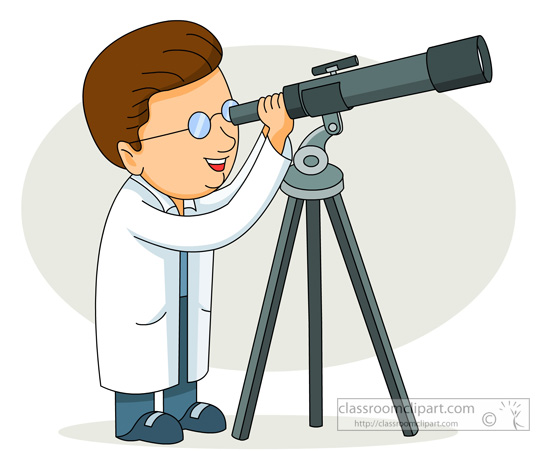

Her captions for that exhibit, relating the books to the art, are based in varying degrees upon the original captions provided beforehand in the Exhibit Guide and the Exhibit website. Museum curator Francesca Giani took these themes to heart and illustrated them with art from the Museum. Galilean telescope, instrument for viewing distant objects, named after the great Italian scientist Galileo Galilei (15641642), who first constructed one in 1609. We thank Mark White, Director of the Fred Jones Museum, Francesca Giani (curator), Melissa Smith (educator) and all the Museum staff for incorporating many books described in “Galileo and the Telescope,” “The Moon and the Telescope,” “Galileo and Perspective Drawing,” and “The Sky at Night,” into their Spring 2016 exhibition, “ An Artful Observation of the Cosmos.” Each of these galleries takes its point of departure from Galileo’s Sidereus nuncius (1610), which is listed as the first item for each of these galleries. Works listed here are on display in Bizzell Memorial Library (Fall 2015, Summer-Spring 2016) and also at the Fred Jones Jr. Open Educational Resources are available at and ShareOK.
#Science telescope drawing download
For more information, download the comprehensive, free Exhibit Guide from the iBook Store. Links are to the exhibit website, galileo.ou.edu. Andrew Planck, What’s Hot on the Moon Tonight (Moonscape Publishing, 2014)Ĭurator: Kerry Magruder.Montgomery, The Moon and the Western Imagination (University of Arizona, 1999) James Nasmyth and James Carpenter, Der Mond (Leipzig, 1876), “The Moon” Further reading: Chérubin d’Orléans, La dioptrique oculaire (Paris, 1671), “The Optics of the Eye”ħ. Giambattista Riccioli, Almagestum novum (Bologna, 1651), Part 1, “The New Almagest.”Ħ. Johann Hevelius, Selenographia (Gdansk, 1647), “Map of the Moon”ĥ. Francesco Fontana, Novae coelestium terrestriumq rerum observationes (Naples, 1646), “New Celestial and Terrestrial Observations”Ĥ. William Gilbert, De mundo nostro sublunari philosophia nova (Amsterdam, 1651), “New Philosophy, about our World beneath the Moon”ģ. Galileo, Sidereus nuncius (Venice, 1610), photograph of Moon engravings.Ģ. From the Renaissance to the dawn of the modern age, art and science fused together in the representation of the Moon.ġ.

The lunar map gradually emerges as a composite representation of many individual topographical studies. Light moves back and forth, first one way and then the other, casting shadows in both directions at opposite phases. To map the Moon, one must examine the “shadow line” night by night as it passes across the face of the Moon.
#Science telescope drawing full
To stare directly at the Full Moon is blinding at night surface detail is entirely washed out. Galileo’s Starry Messenger (1610) set off the 17th-century race for the Moon – not a race to go there, but a race to map its surface. Institution for Science Collection at the Huntington Library, San Marino, CA. What is the artistic and scientific heritage of the Moon? Technical drawing showing cross-section of the 100-inch telescope, dome. Book lists index The Moon and the Telescope


 0 kommentar(er)
0 kommentar(er)
